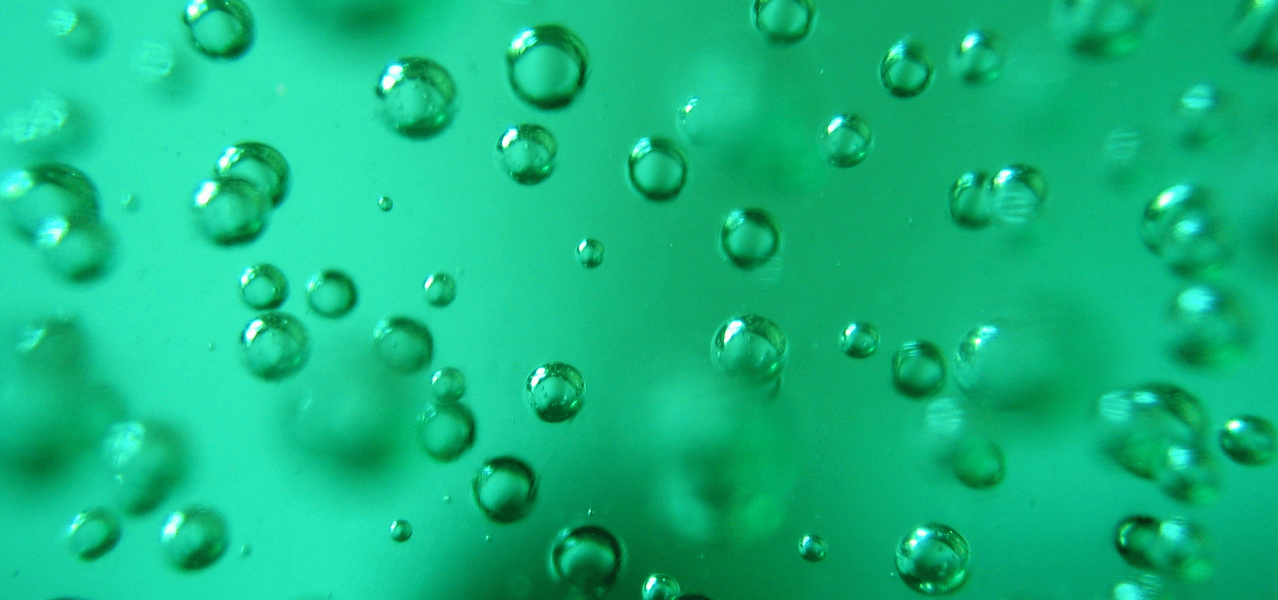Water is essential to human life however there are times that water can be a source of health concerns. When water contains Radon gas, it can be the cause of concern. Let’s take a look at what radon in water means to you.
What is Radon?
Radon gas is a naturally occurring carcinogen that can permeate through the soil and enter homes in a variety of ways. Radon can move through the soil and enter the home through cracks in the foundation or in the water from private wells. Radon is colorless, odorless and tasteless. It is a radioactive gas that occurs in nature and is a decay product of Uranium. Radon is the heaviest of the noble gases.
Why is Radon a Concern?
Radon is the second leading cause of lung cancer, second only to smoking. It is estimated that approximately 20,000 people die every year from radon related lung cancer. The most at risk are the young and the old. Radon gas can be found in many homes at elevated levels in the United States. The alpha radiation that is emitted from radon decay products is the same as more commonly known plutonium. Breathing in radon gas can increase your chance of lung cancer.
Why is radon in water a concern?
If breathing in radon is a concern then why do you need to be concerned about radon in water? Radon can come into our homes in one of 2 ways. Radon gas can enter our homes through cracks in the foundation or dissolved in well water. The radon in water can be release to the air at points of use. As we use sinks, showers and baths, water is aerated and the radon gas is release to air. This means that individuals can be exposed to radon gas as they take part in every day tasks, such washing dishes or bathing.
How do I find out if I have radon in my water?
Radon in water is typically a problem of private wells. Testing the water from private wells can determine if radon is present and at what concentrations. This testing is typically performed by a home inspector or sampling technician. The sample is taken to a lab and results are usually available in a couple of days. Many states have a recommended limit for radon in water. Check with your state to determine what the action level is for your areas. (Example: 5000 pCi/L- CT)
What is the treatment for Radon in water?
GAC Filtration: GAC (Granulated Active Charcoal) can be used to remove radon from drinking water. This type of a system consists of tanks that contain charcoal. As the water is passed through the tank and the radon is absorbed by the charcoal. This type of system will need regular service. Overtime the charcoal becomes saturated and will need to be replaced. There is a cost for disposal of the radioactive charcoal and replacement with fresh charcoal. (Average Cost for the system- $2000-$4000)
Aeration: An aeration system (Bubbler system) bubbles air through the water in a large storage tank. The radon is collected and vented to the exterior where it is harmlessly dispersed. The aeration systems are designed to treat larger quantities of water and higher levels of radon. There is some annual maintenance for the equipment. (Average cost for the system: $4000-$7000)
Finding out that your home has radon in the water can be a surprise, but it does not have to be scary. There are solutions to the problem. The most important thing to remember is that it is treatable. Have your water tested to ensure that you and your family are safe from Radon in water.

